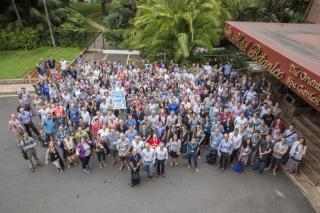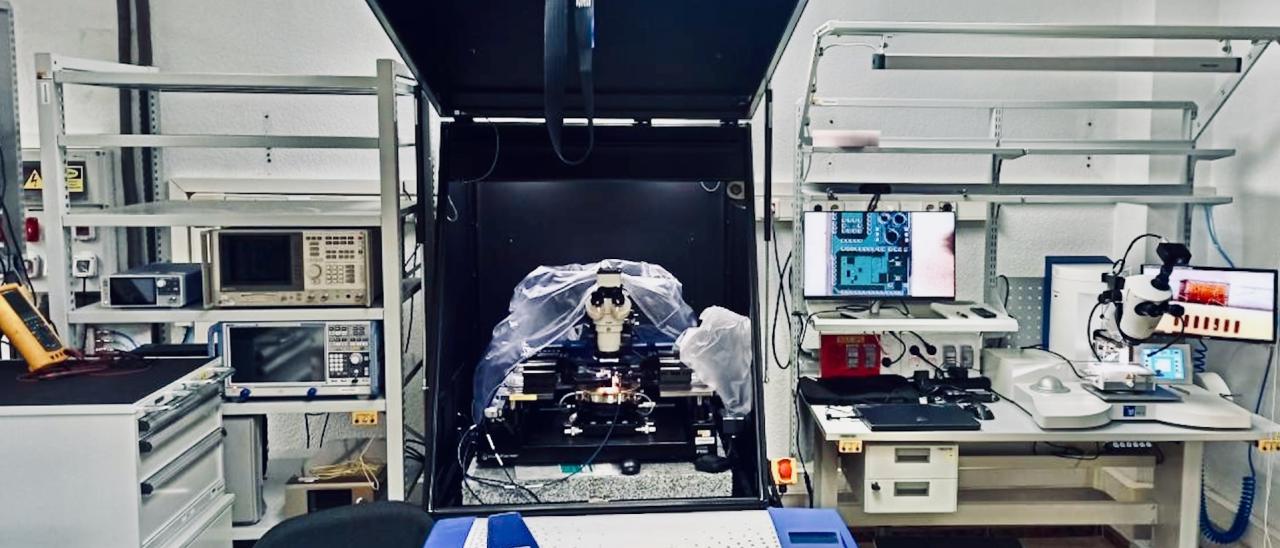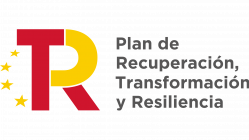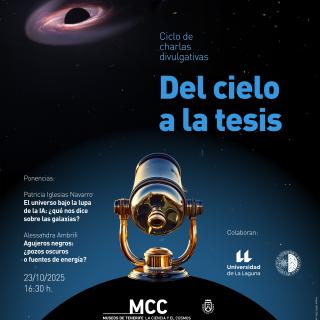The Instituto de Astrofísica de Canarias has put itself on the frontier of astrophysical technology by developing the first integrated photonic circuit designed entirely within the Institute. This pioneering advance will permit the improvement of astronomical instruments, and the development of innovative systems for observing the universe.
Astrophysical instrumentation, for both ground-based and space-based use is so specialized that often comercial systems and subsystems do not come up to the required specifications, This makes it necessary to buy high priced components or to delegate specific developments to outside companies, which implies a major cost increase.
Since 2019, as part of the IAC’s Strategic Plan, the Department of Electronics of the Instrumentation Division has worked to develop the required capacity to design and characterize integrated circuits for astrophysical instruments. This work, supported by funding from several sources, allowed the setting up of the Laboratory of Integrated Circuits (LABiC).
In this laboratory they are exploring a range of technologies for the development of instruments which are more rapid, more efficient, and compact, such as microelectronics, which implies electronic circuits of order microns (millionths of a metre), and with integrated photonics, which combine optical components on a single chip, and use photons instead of electrons to process information.
The photonic revolution in astrophysics
In the course of its first projects, the LABIC has developed a prototype photonic chip based on Indium Phosphide, a semiconducting material, as a proof of concept for possible applications in adaptive optics, a technique which allows real time correction of images for the effects of atmospheric turbulence.
The Earth’s atmosphere distorts the shape of the wavefront of light arriving from astronomical objects, giving rise to blurred telescope images. Adaptive óptics works like a continually adapting lens, which changes to correct these imperfections. It uses special sensors which make precise measurements of the irregularities in the wavefront, and adjust a deformable mirror to obtain sharper images.
The photonic chip developed at the IAC allows the speeding up, by several orders of magnitude, of sensing of the wavefront. “This achievement is a big step forward in the development of astronomical instrumentation. The integrated photonics will let us design instruments which are faster, more compact, and more efficient, which will allow us to explore the universe in greater detail”, explains Diego Portero Rodríguez, a doctoral student at the IAC who has developed this circuit as part of his tesis, supervised by the engineers, Hugo García Vazquez, who is also responsable for the LABIC laboratory, and José Javier Díaz García.

This integrated photonic circuit, which has dimensions of only 2x8 mm has already been sent off to be made, and the team hopes to be able to test it in the coming months. “The complete design of this development makes the IAC one of the few research centres in the world which are pioneers in the use of this type of technology for astrophysical instruments” says Luis Fernando Rodríguez, head of the Electronics Department of the Instrument Division of the IAC.
A unique laboratory in Spain
LABIC is a part of the European consortium EUROPRACTICE, the Spanish Association of the Semiconductor Industry (AESEMI), and the CanaryCHIP ecosystem. As well as designing integrated circuits, the laboratory’s work includes establishing collaborations with other research centres and companies to develop elements for astrophysical instrumentation with integrated microelectronics and photonics, the publication of scientific results, and the continuous improvement of the capacity of the laboratory via different funding sources (Plan de Recuperación, Transformación y Resiliencia), plans of actuation etc.).
Until now, related directly with this new capacity, 10 students have benefitted via different studentships, outside apprenticeships and professional formation (such as the ICEX Vives), end of degree research reports, and doctoral theses.
LABIC Website
Contact:
Diego Portero Rodríguez, diego.portero [at] iac.es (diego[dot]portero[at]iac[dot]es)
Hugo García Vázquez, hugo.garciavazquez [at] iac.es (hugo[dot]garciavazquez[at]iac[dot]es)


Aula/ZOOM






